Why mud is an eco-beauty all-star
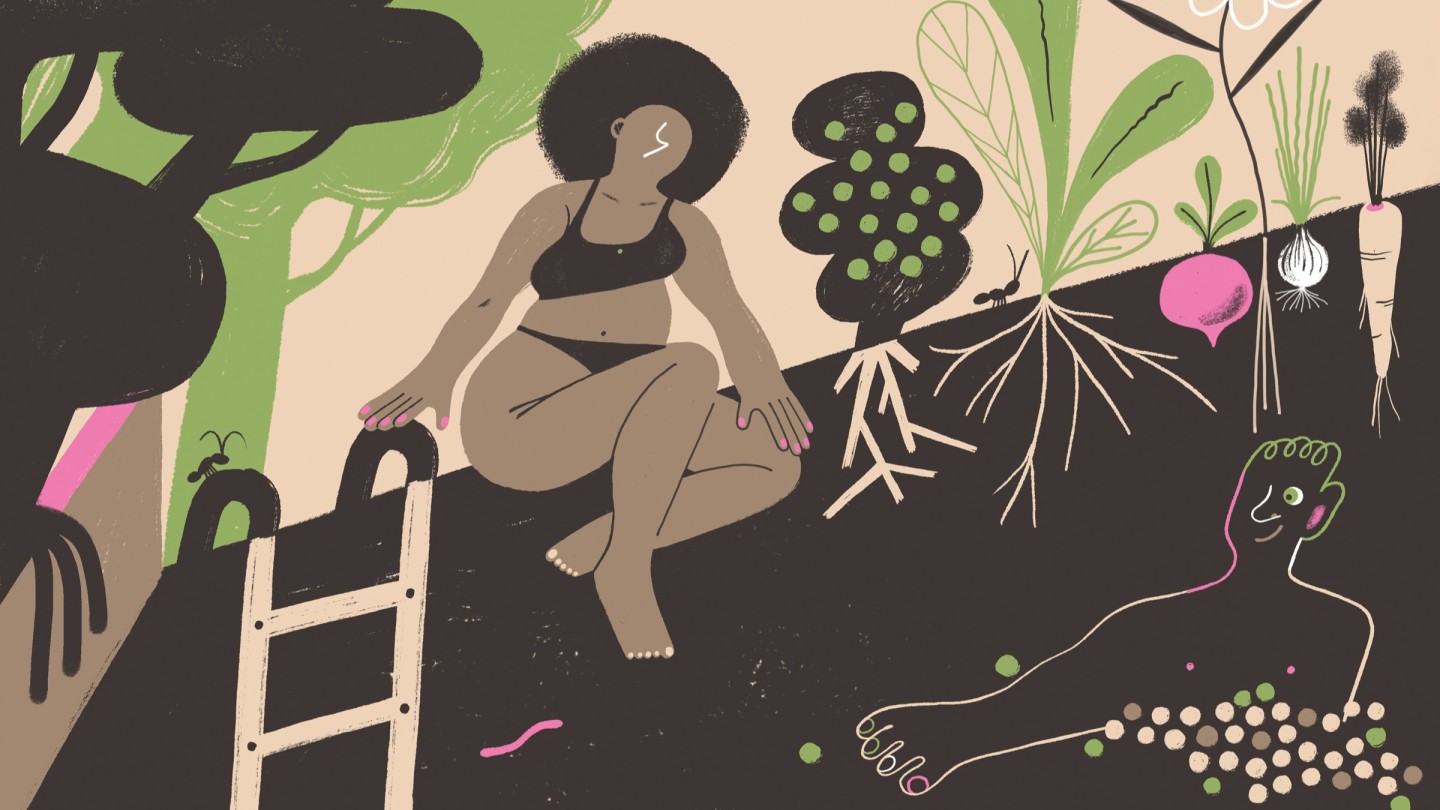
Roula Khalaf, Editor of the FT, selects her favourite stories in this weekly newsletter.
If you’ve ever subscribed to the “clean” and “detoxifying” movements in beauty, food and wellness, you may be in for a dirty awakening. “For years, we’ve been told we’ve got to ‘eat clean’, follow the ‘clean beauty’ movement and rid our bodies of toxins,” says Beth McGroarty, vice president of research and forecasting at the Global Wellness Institute. “Yet new thinking about the symbiotic relationship between the health of the planet’s soil and our own physical and mental wellbeing is about to change all that. We’re entering an age when soil-friendly practices and regenerative agriculture are going to feed through to what we put on our skin, the food we eat and how we behave.”
Ten per cent of the Earth’s organisms live in the soil, just one handful of which contains as many as 50 billion lifeforms. It’s a diversity that is essential to the health of the soil, which works to circulate water and nutrients to plants, regulates rainfall and absorbs atmospheric carbon. Yet, with the World Economic Forum estimating that we have less than 60 years of this topsoil left, rehabilitating the ground beneath us could hold the key to fighting climate change – and the global mental and physical health crisis.
“Thanks to modern farming methods such as mono-cropping, heavy tillage and the use of beneficial bacteria-killing pesticides, the health of our soil has declined dramatically,” says McGroarty. “While our ancestors lived in harmony with the soil – foraging and farming – we’re currently living in a soil-deprived state.”
This crisis is exactly why forward-thinking beauty and wellness brands are replacing “sustainability” with “regenerative” as their guiding philosophy. “Regenerative” is defined as a more nature-positive action that goes beyond merely maintaining the soil to actively providing a solution that improves it, such as the use of organic rather than chemical fertilisers and leaving fields fallow on rotation to conserve the earth’s fertility. The goal is to build biodiversity back into soil.
Five products dishing the dirt
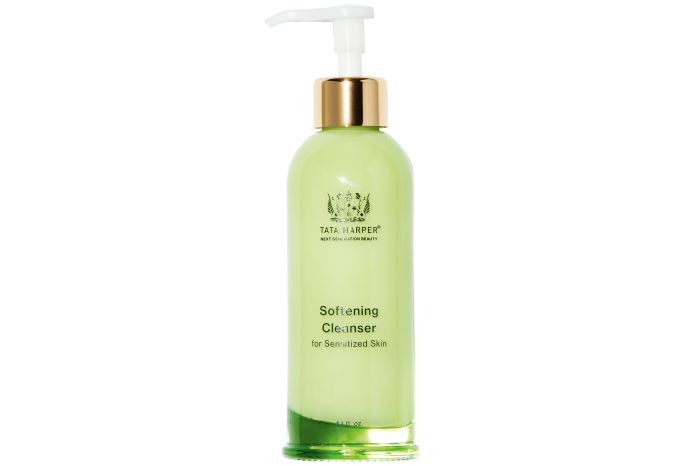
Tata Harper Superkind Refining Cleanser, £79
Contains lactic acid, wild-harvested Nordic pine and Gotu Kola to gently cleanse, smooth and rebalance skin
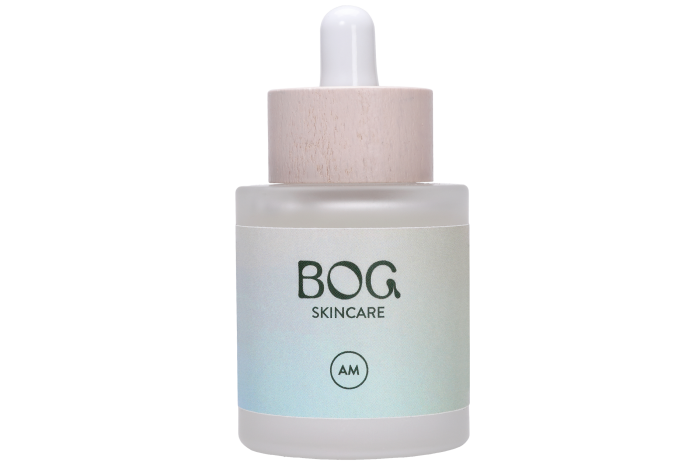
Bog Skincare AM Face Serum, £36
Rich in Irish organic peat, glycolic acid and bilberry extract to smooth and refine skin tone
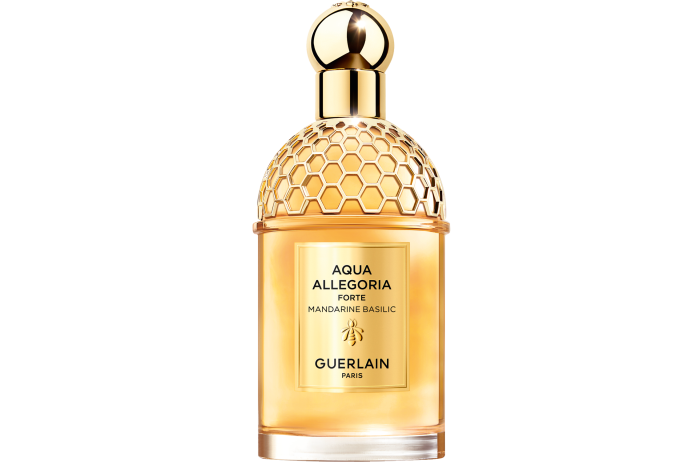
Guerlain Aqua Allegoria Mandarine Basilic Forte Eau de Parfum, from £95
Golden mandarin is paired with basil, warm sandalwood and vanilla notes
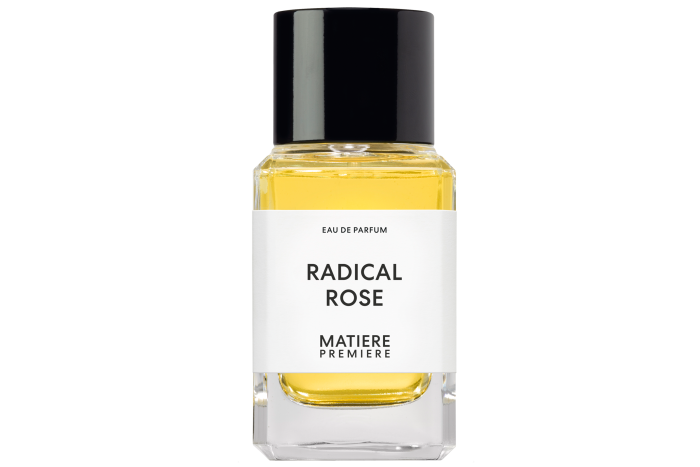
Matière Première Radical Rose, €195 for 100ml
Blended as one of the highest concentrations of rose centifolia absolute, grown regeneratively on Guichard’s Grasse farm
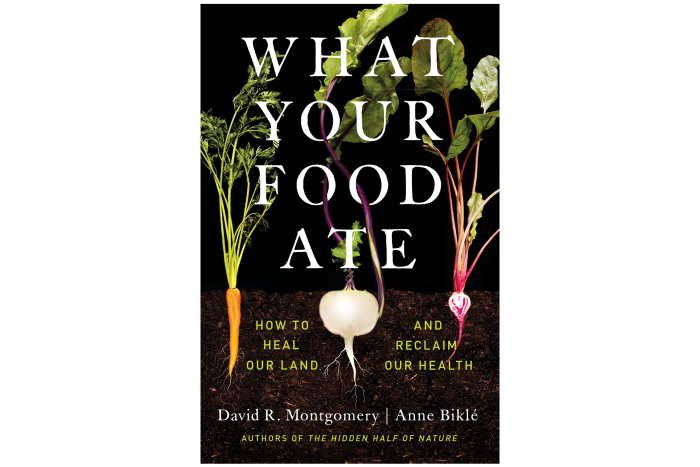
What Your Food Ate, £22
A deep dive into the scientific and historical evidence to support the belief that what’s good for the soil is good for us too (WW Norton & Co)
“Soil regeneration is incredibly important to everything we do,” says Tata Harper, founder of her eponymous skincare line. “The regenerative agriculture practices we follow on our Vermont farm utilise the power of photosynthesis to close the carbon cycle while improving soil health, crop resilience and the nutrient density of our skincare ingredients.” The regeneratively grown calendula, borage, alfalfa, chamomile and lavender extract in the brand’s Superkind range of cleansers, moisturisers, masks and serums (from £61) are from plants grown regeneratively in organic soil. Ingredients are hand-picked, dried and rubbed on a screen in a process called “garbling”, which breaks them down before they’re combined with a carrier oil. Each ingredient delivers minerals, restorative nutrients and powerful antioxidants that minimise skin stress, soothe reactivity and support a healthy skin barrier.
Bog skincare, a brand inspired by the 2,000-year-old body that was found perfectly preserved in bogland by an Irish farmer in 2003, bases its formulations on organic peat. Clinical trials by Glasgow University have shown that these formulations hold an anti-ageing antioxidant level 300 times the strength of Trolox (the strong antioxidant used as the industry standard to measure antioxidant capacity). A further study found that the humic and fulvic acids found in peat helped reduce the appearance of wrinkles. Combined with natural bilberry extract and Lady’s Mantle in BOG’s AM and PM Serums, the organic peat extract helps to hydrate, smooth and refine the skin overall.
Likewise, fragrance brands are beginning to move beyond broad commitments toward “sustainability” to specifically soil-friendly practices. In an industry that typically relies upon natural ingredients, (those such as sandalwood are already facing extinction), this represents a significant shift. Leading the way in fragrance is Guerlain, which recently auctioned digital artwork NFTs in aid of a new “laboratory garden”. Located in Les Mesnuls just outside Paris, the garden is dedicated to exploring regenerative agriculture techniques. Guerlain has also collaborated with the GoodPlanet Foundation. Its Aqua Allegoria fragrance line, first launched in 1999, has been reformulated to include alcohol taken from organic beetroot using soil-friendly practices.
Aurélien Guichard, co-founder of the fragrance house Matière Première, plants and harvests ingredients such as tuberose and rose centifolia on a farm in Grasse, which has been in his family since 1790. Here, ladybirds are released on the plants instead of soil-damaging pesticides, and sections of land are left fallow on rotation. For Guichard, protecting the soil in this way is a way of preserving and enhancing his family legacy while producing higher-quality plant ingredients that create scents of exceptional purity.
Over in the world of spas, some are starting to offer immersive soil experiences – also known as “soil bathing”. At 42 Acres, a retreat in Somerset, workshops are offered on everything from low-impact mushroom-growing to sea buckthorn planting and foraging lessons. The entire farm is dedicated to regenerative, biodynamic and “agriwilding” techniques that replenish the soil’s natural diversity and help guests to reconnect with the land beneath them, a process often called “grounding”. And from Costa Rica to Turkey, Vietnam to Thailand, mud bathing, which has been practised among different cultures since the Ancient Greeks, is growing in popularity, as more and more people seek to gain the benefits of soil exposure at its source. At Costa Rica’s Rio Perdido, guests hike to a hot river pool containing mineral-rich volcanic mud, which they slather over themselves.
From what we slather to what we eat: for many experts, our health is as much about what we eat as how we grow it. “Regenerative farming practices that enhance soil health may increase micronutrient and phytochemical levels in crops,” says David Montgomery, a professor of earth and space sciences at the University of Washington in Seattle, who co-authored the book What Your Food Ate. He also claims that “regeneratively grazed livestock have more favourable amounts and ratios of omega-3 to omega-6 fats [that] could help our bodies better manage or prevent chronic illness”.
Big players such as Unilever, Nestlé and Kellogg’s are investing in regenerative agriculture: there is also a wave of products from independent companies focused on regenerative foods. There are even calls for a “regen-certified” food label to help guide UK consumers’ food choices (in the US, there is already a Regenerative Organic Certified accreditation). In the meantime, Montgomery recommends seeking out local farmers’ markets and asking sellers about their soil practices to find the most nutrient-dense ingredients.
Dig a little deeper, and the ancient and integral link between the soil microbiome and our own gut microbiome has even wider implications for our health, including our mental wellbeing. Christopher Lowry, an associate professor of integrative physiology at the University of Colorado, Boulder, has also found that the soil-dwelling bacteria Mycobacterium vaccae may quell stress-related disorders, acting as a natural antidepressant and even a possible treatment for PTSD. It’s one reason – aside from the physical exercise – why soil exposure when gardening has been shown to improve our mood.
The rather vague notion of “reconnecting with nature” to better our mental and physical wellbeing is also being crystallised within the soil-up movement. Olivia Houghton, deputy creative foresight editor at The Future Laboratory, points to a psychological and energetic connection between the soil and human health. “Humans are said to have an electrical energy imbalance as a result of spending so much time indoors and using more technology,” says Houghton. “And a greater positive charge is said to be damaging to human health. As soil is negatively charged, our energy imbalance is corrected when we come into contact with the natural world.”
So maybe we should all slip off our shoes, forget our modern obsession with cleanliness, and look to the soil for solutions. In other words, it’s time to get dirty again.
Comments